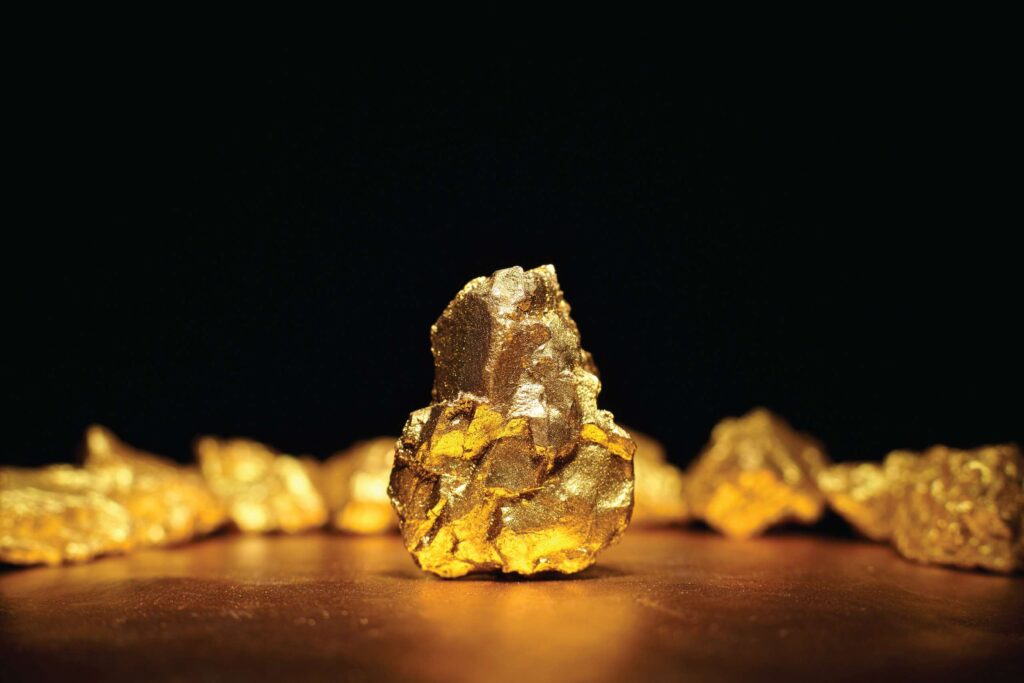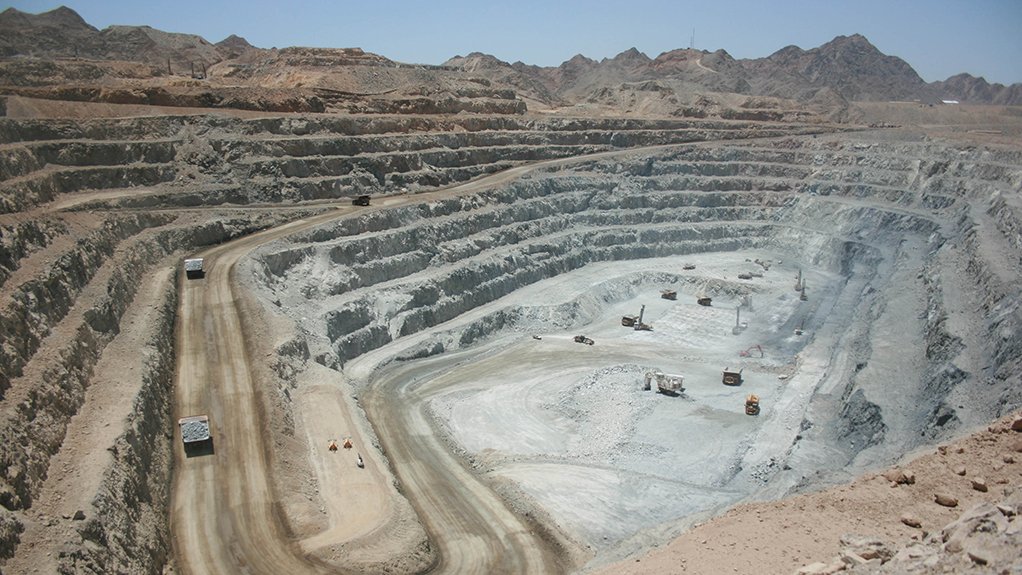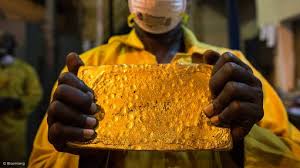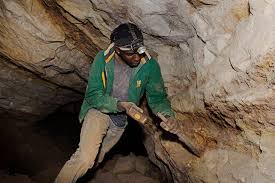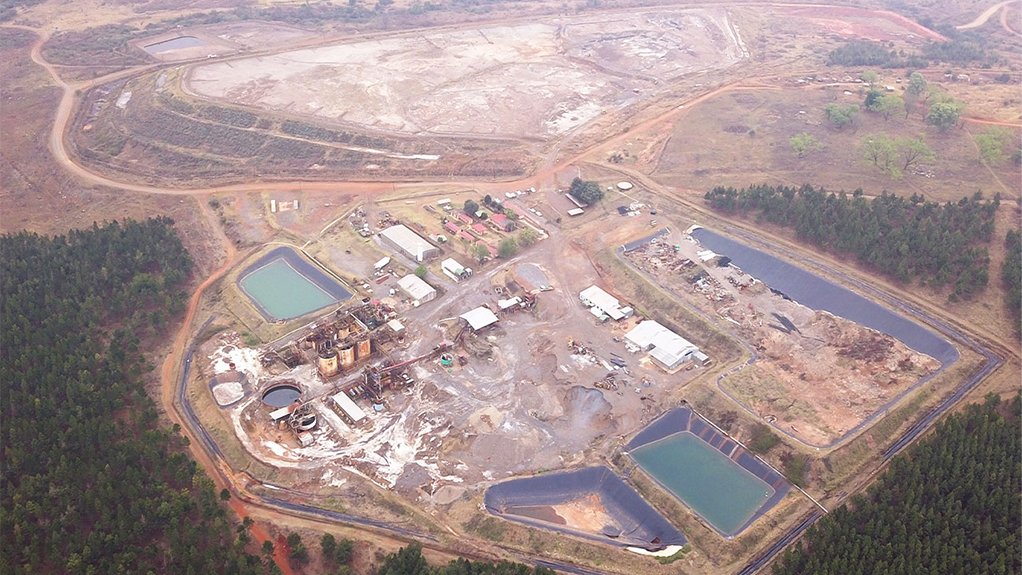Precious Metals

Tigray region has created job opportunities for more than 50,000 people in the mining sector.

Addis Ababa: The Tigray Regional Mining Bureau announced that for more than 50,000 people diffrent job vacanccies have been created in the traditional mining sector in the 2017 fiscal year. It indicated that the region was able to deposit 189 quintals of gold to the National Bank.
The Deputy Head of the Regional Mining Bureau, Ato Tesfalem Hadgu, told Addis Zemen Newspaper that during the fiscal year that was completed, 50,000 jobs were created for people traditionally engaged in various mining activities.
He mentioned that there are many minerals in the region that can create job opportunities, including construction, precious and semi-precious minerals, and indicated that if it is possible to work in a coordinated manner with various institutions, the current job opportunities can be increased fivefold.
Regarding gold, Ato Tesfalem said that the region was able to deposit 189 quintals of gold to the National Bank in the fiscal year ended June 30, 2017, generating an estimated income of over 250 million birr.
Furthermore, he said, it is necessary to strengthen the capacity of entities from bureaus to districts by providing various materials and training to be effective and manage mineral resources.
Ato Tesfalem said that the mining sector is not limited to one office or ministry; he also indicated that the Environmental Protection Agency, the Natural Resources Bureau, and the Land Administration should work together to prevent illegal mining.
The deputy head of the bureau said that the lack of coordination between institutions in the Tigray region and other areas has made it difficult to prevent the illegal trafficking of precious metals, especially gold. He explained that since gold is found in sediments around the Bahar River, it will be difficult to control what is in the sediments, as it requires deploying manpower in each river.
He said that the region is currently working in coordination with stakeholders to discuss how to work together to control illegal mining, and expressed confidence that there will be better performance in the coming times.
Ato Tesfalem said that the work of identifying mineral deposits requires a lot of money and machinery; he said that the regions do not have a mechanism to study and identify them on their own.
He said that the work of studying precious minerals is currently being carried out by the Geological Survey Institute.
In this regard, he pointed out that it would be good if regions were to be able to work on their own, to some extent, or if a budget and system were developed that would allow them to work in partnership with higher education institutions that have geology departments.
He pointed out that the region has industrial minerals such as limestone, silica sand, and dolomite; precious minerals such as gold, silver, copper, and others; and construction minerals such as sand, garnet, stone, and granite; and that work is being done to raise community awareness in all areas to properly utilize the existing resources.
It is worth recalling that State Minister of Mines, Ato Million Matheos, told the Addis Zemen newspaper that in the 10 months of the 2017 fiscal year, more than 29,396 kilograms of gold were presented to the National Bank, generating $2.57 billion in revenue.
The State Minister also mentioned to Addis Zemen newspaper that Tigray region has provided 12,210 kilograms of gold to the National Bank, surpassing other regions.
It was also stated that Ethiopia earned 3.5 billion dollars from gold production at the end of the fiscal year.
According to Ato Million, the government's macroeconomic policy reform has contributed significantly to the improvement in performance by maintaining the gap between the foreign exchange rate in the bank and the black market, increasing the amount of gold supplied to the National Bank.
The State Minister said that the incentives decided by the National Bank for producers engaged in traditional and small-scale gold production have stimulated the producers' desire to produce, which has led to a "reduction in illegal trade" of gold.




